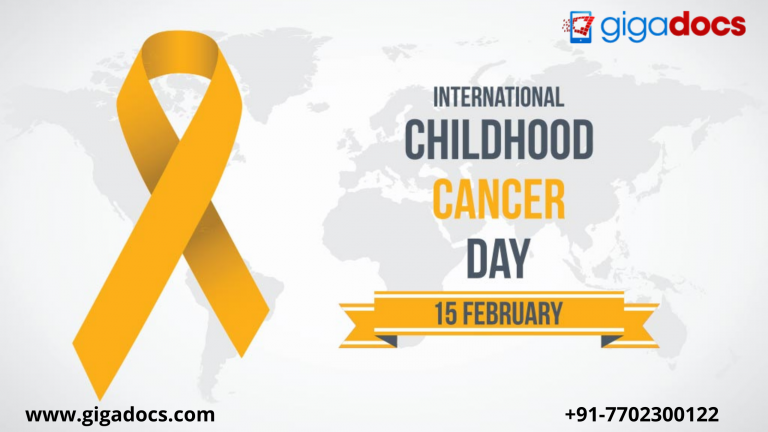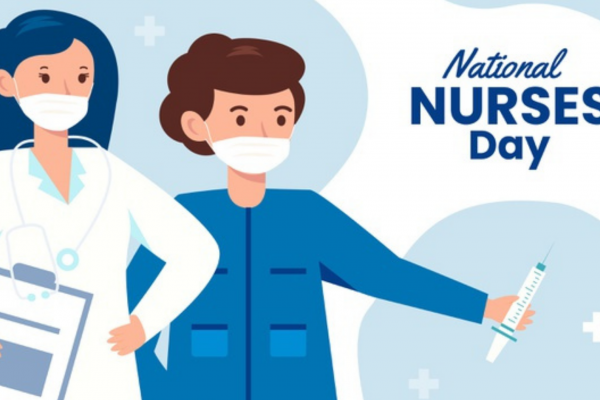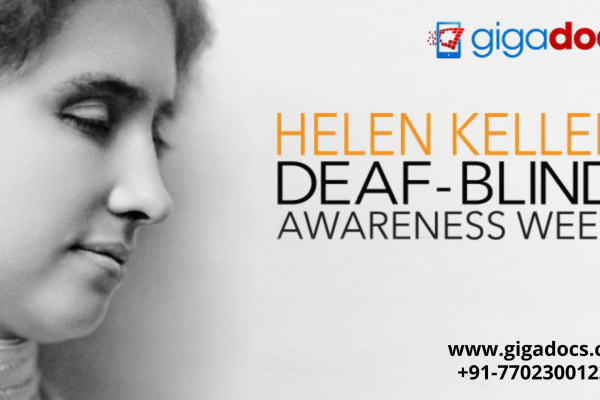Medulloblastoma is one of the most common malignant brain tumors in children, accounting for roughly 20% of childhood brain tumors. Medulloblastoma is a cancerous brain tumor that develops in the cerebellum (the part that regulates coordination, balance, and other complex functions). When diagnosed, most patients complain of having vomiting and headaches. They might also have balance and vision issues.
Medulloblastoma affects children. It can also harm infants and adults. The most common diagnosis occurs between the ages of 5 and 9 years. Medulloblastoma affects boys more when compared to girls.
While some strains are resistant to all treatments, making Medulloblastoma fatal. Furthermore, traditional therapies can be effective; however, survivors face long-term side effects—fertility complications, secondary cancers, growth issues that can develop later in life. More studies and research is needed to fully understand Medulloblastoma.
World Cancer Day
Every year on February 4, the world commemorates World Cancer Day. It is a global initiative led by the Union for International Cancer Control (UICC). The day aims to increase public awareness of cancer prevention, detection, and treatment. On this World Cancer Day, let us learn more about Medulloblastoma.
Symptoms of Medulloblastoma
Symptoms of medulloblastoma may vary depending on several factors. These may include the child’s age, the tumor’s size, location, and stage of development. Visible symptoms may include-
- Tiredness
- Clumsiness
- Headaches
- Loss of balance
- Writing difficulties
- Vomiting
- Nausea
If the tumor has spread to the spinal cord, the following symptoms may occur:
- Backache
- Having difficulty walking
- Controlling bladder and bowel functions is difficult
Medulloblastoma Diagnosis
Several factors explain the survival rate. These include the child’s age when diagnosed and the disease’s risk level. Children under the age of three may have a lower survival rate because the disease is often more aggressive at this age.
Do you know? Medulloblastoma annually affects about 250 and 500 children and accounts for 18% to 20% of pediatric brain tumors. In comparison, more than 70% of Medulloblastoma occurs in children under ten.
Overall, the survival rate of Medulloblastoma, which has not spread, is between 70% and 80%. In contrast, if the Medulloblastoma has spread to the spinal cord, the survival rate goes down to 60%.
Medulloblastoma Treatment
Treatment decisions are determined by age, general health factors, tumor subtype and location, tumor grade and extent, and others.
Surgical removal and chemotherapy are standard treatments for Medulloblastoma. The use of radiation in this age group is debatable, but some doctors are increasingly using radiation limited to the tumor’s location. Because these young patients cannot tolerate whole-brain and spine radiation, more intensive chemotherapy regimens are being tested, including high-dose chemotherapy combined with autologous stem cell rescue, a type of bone marrow transplant.
Many medulloblastoma patients can be cured of cancer with aggressive treatment. More than 80% of patients three years or older with “average risk” disease treated with a combination of complete surgical removal of the tumor, radiation, and chemotherapy can be cured. Patients with “high risk” disease can still be treated, but their chances of survival are lower. Treatment is evolving for younger patients, who are more prone to complications from extensive radiation treatment. The goal is to find effective strategies that will hopefully save the patient from the long-term complications of extensive brain radiation.
Medulloblastoma Survival
The survival rate tells you what percent of children live after the tumor is diagnosed. Children who are younger than three may have a lower survival rate as the disease is often more aggressive in this age group, also the treatment options for safe and effective treatment may be limited in this age group. As the children grow the survival rate differs-
- Survival rates are around 70% if the disease has not spread.
- If it has spread to the spinal cord, the chances of survival are about 60%.
- Survival rates for different molecular subtypes of medulloblastoma may differ.
Medulloblastoma: Therapy and Cure
The most common remedy for medulloblastoma is surgery to remove the tumor, followed by radiation and chemotherapy. This method is used to increase survival rates while reducing the potential side effects of treatment. If the patient’s prognosis is favorable, a lower intensity therapy can be prescribed. Patients with high risk may benefit from more intensive treatment to increase their chances of survival.
- Surgery involves the removal of the tumor. However, the location of cancer and the amount of tumor removal determines its success.
- Radiation therapy kills or stops the growth of cancer cells using high-energy X-rays or other types of radiation, like proton beam radiation. The stage of disease and the risk category explains its dosage. Radiation may be combined with chemotherapy to improve successful outcomes.
- Chemotherapy uses powerful medicine to kill cancer cells or prevent them from growing and producing more cancer cells. Chemotherapy may be offered to young children to postpone radiation until the child is older. Some types of medulloblastoma can be treated successfully with only chemotherapy.
Cancer Care with Gigadocs
Telemedicine and telehealth technologies can be used to help cancer patients, and survivors manage their medications, provide nutrition tips, provide a teaching session about a new medicine or treatment. Digital Healthcare allows patients and their caregivers to consult with a pain management specialist or other professionals who can help manage symptoms and side effects (for example, nausea and vomiting or pain), organize a check-up between treatments or after treatment ends, and assist in making lifestyle changes.
Book a teleconsultation with a digital oncologist on the Gigadocs app and consult the best Oncologists around you. To book, download the app on:
IOS App – apple.co/2W2iG4V
Android App – bit.ly/33AQoRC
To know more e-mail, at info@gigadocs.com




